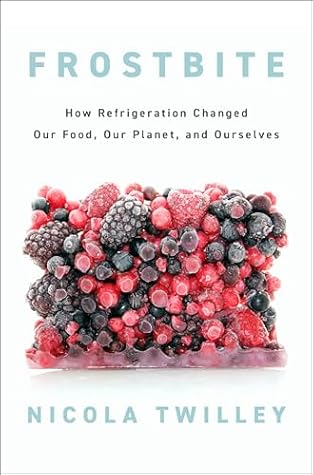More on this book
Community
Kindle Notes & Highlights
Read between
January 4 - January 16, 2025
It’s worth remembering that all of these far-reaching and often unexpected consequences of refrigerating meat were spurred in part by a nutritional fallacy: the mistaken conclusion that protein from flesh foods was the only essential nutrient. If chemists had come down in favor of grains and beans instead, the world might have looked very different.
Electrocuting meat averts cold shortening because it’s a fast track to rigor mortis: it forces the muscles to rapidly contract and relax, burning through the last of their energy reserves.
Cosmic Crisp, as it has been dubbed in the marketplace, will happily hang out in controlled-atmosphere storage for twelve to fourteen months without any noticeable ill effects.
The relationship was symbiotic: refrigeration facilitated mass food production, enabled mass merchandising, and encouraged mass consumption.
the increased consumption of perishable foods enabled by refrigeration delivered an extra 5,500 calories and 400 grams of protein to the average American every year. It was this nutritional boost that augmented the average adult’s height by a whisker and boosted GDP by fifteen bucks per household—an


